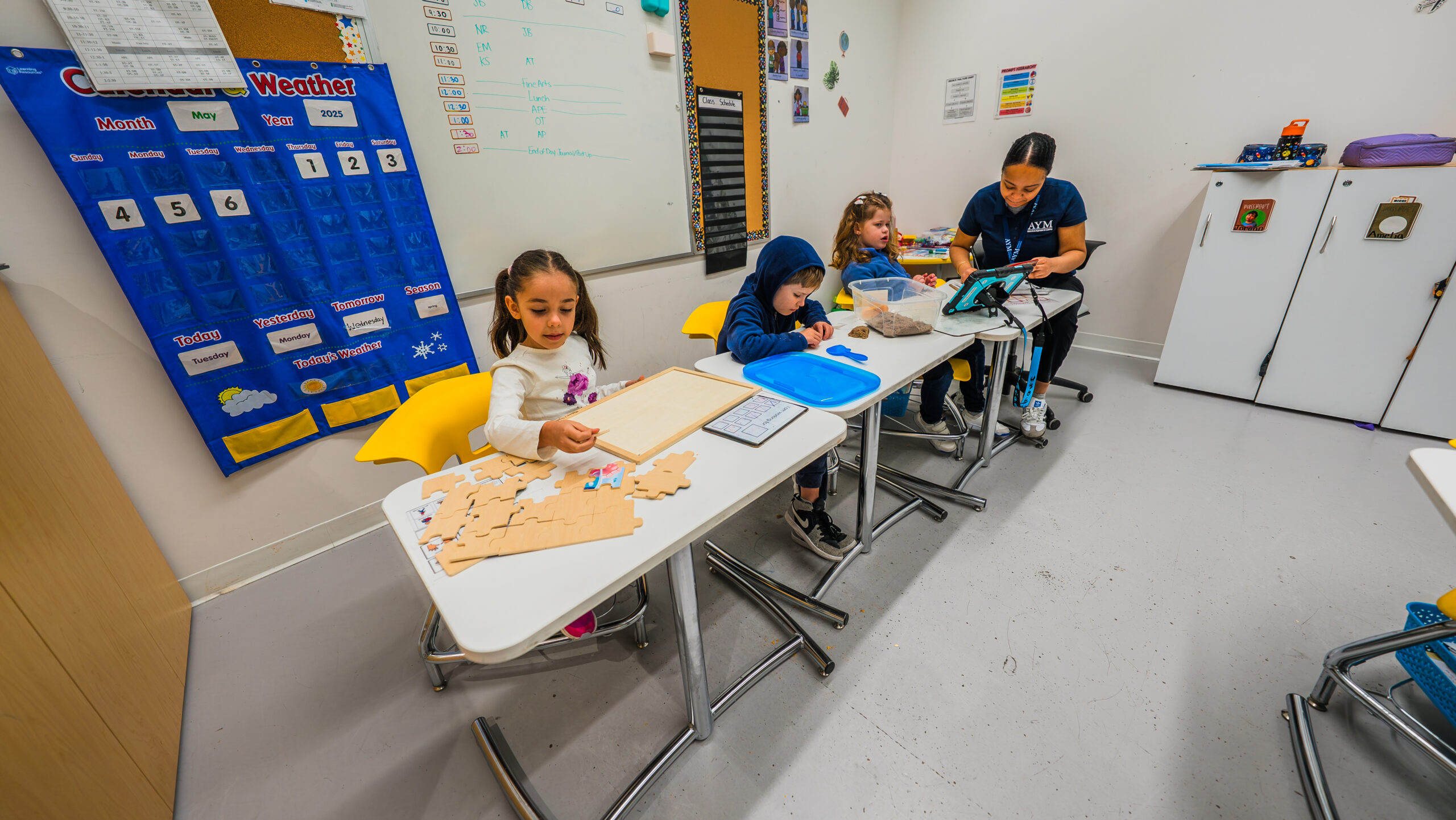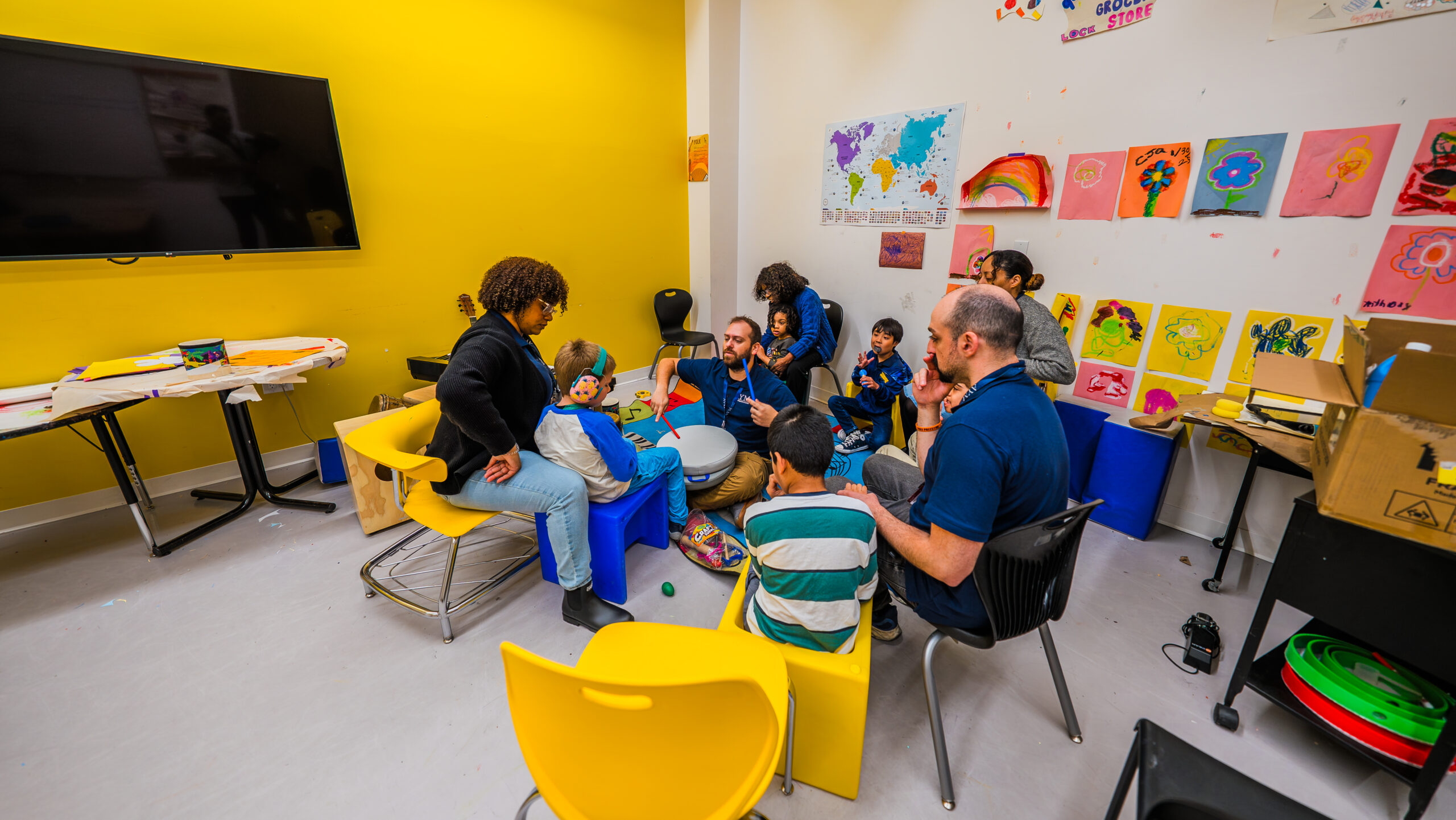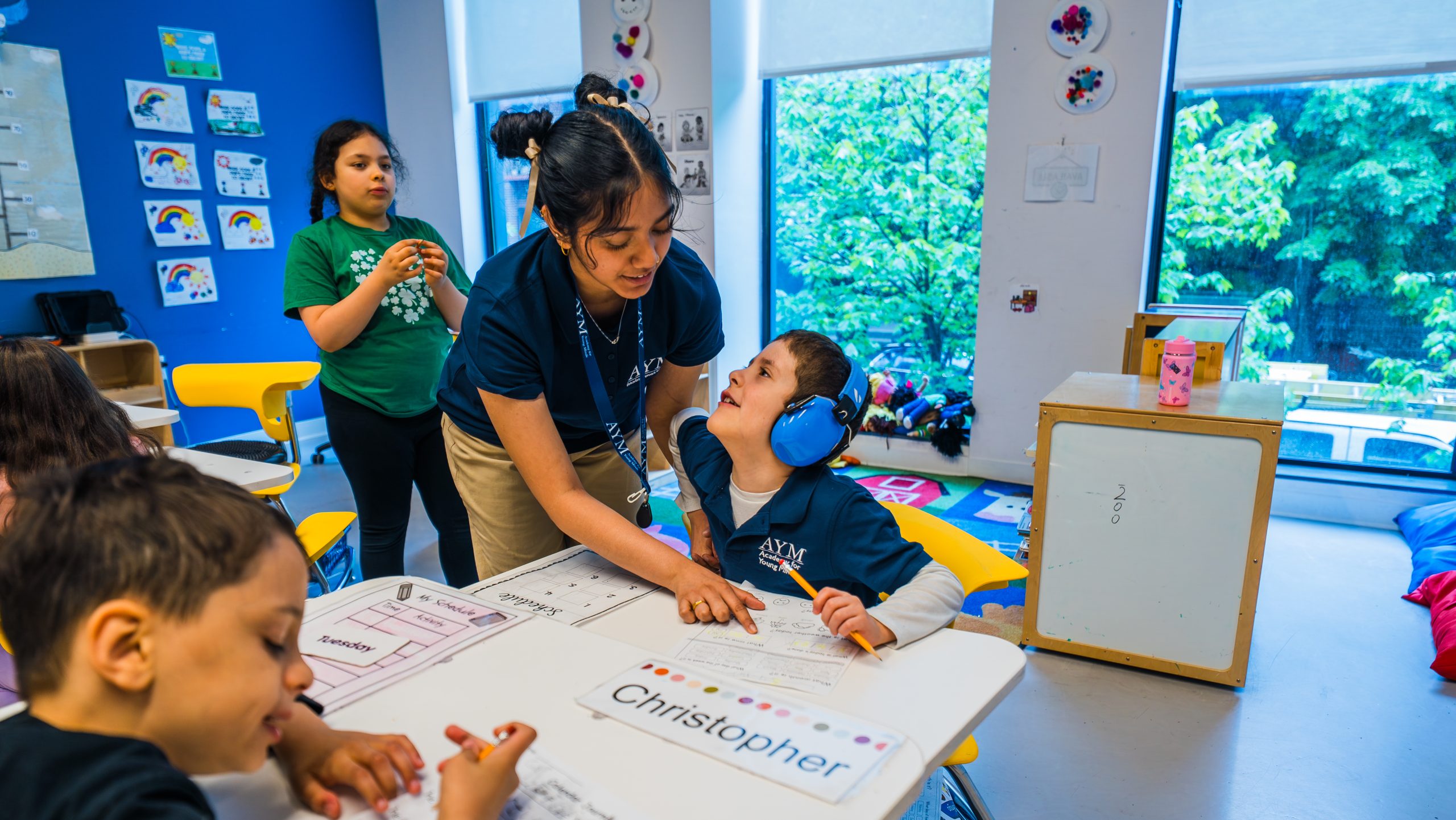Understanding Reinforcement: A Key Element of Behavioral Learning Approaches
Raising a child with autism comes with unique joys and challenges, and as parents, we constantly seek effective ways to support their growth and development. One of the most powerful tools our model, Applied Behavior Analysis, uses for helping children with autism learn new skills, build independence, and develop positive habits is reinforcement. By understanding how reinforcement works and applying it consistently, we can create an environment where our children feel motivated, confident, and secure in their abilities.
Children with autism often thrive with structure, predictability, and clear expectations. Reinforcement provides a way to shape behavior in a way that feels supportive rather than punitive. Whether it’s encouraging communication, improving social interactions, or reinforcing self-care routines, the right reinforcement strategies can make a meaningful difference in your child’s everyday experiences.
What is Reinforcement?
Reinforcement is the process of encouraging a behavior by providing something your child values after they exhibit that behavior. It could be verbal praise, extra playtime, a sticker chart, or even a favorite activity. The key is that whatever is given must make it more likely that the behavior will happen again in the future.
How to Use Reinforcement Effectively
Reinforcement works best when it is clear, consistent, and tailored to what your child finds motivating. Here’s how to put it into practice:
- Pick a behavior to encourage. Choose something specific, such as getting dressed independently in the morning or using kind words with a sibling.
- Find a meaningful reinforcer. Reinforcers should be something your child genuinely enjoys. If they love coloring, allowing extra coloring time for completing a task can be a great motivator.
- Be consistent and immediate. Reinforce the behavior right away so the connection is clear. If there’s a delay, your child may not associate their action with the positive outcome.
- Keep it special. If your child has unlimited access to the reinforcer (like a favorite toy), it may lose its value. Making it part of the reinforcement plan keeps it meaningful.
Every child is different, and what works today might not work next month. Pay attention to what keeps them motivated and make changes as needed.
Keeping Reinforcement Effective
The key to success with reinforcement is consistency. When children understand that certain actions lead to positive outcomes, they naturally become more inclined to repeat those actions.
At the same time, reinforcement should be flexible. Kids’ interests and motivations change, so it’s important to adapt and find new ways to encourage them.
Reinforcement vs. Rewards
Many people use the words “reinforcement” and “reward” interchangeably, but there’s a key difference.
A reward is simply something nice given after a behavior, but it may not necessarily encourage that behavior to happen again. A reinforcer, on the other hand, is something that specifically helps a child form positive habits by ensuring they associate their behavior with a meaningful benefit.
For example, if you give your child a cookie just because they asked for one, that’s a reward. But if you give them a cookie because they used their words to ask politely, and this encourages them to continue using polite language, then the cookie is acting as a reinforcer. The difference lies in the effect: a reinforcer strengthens the likelihood that the behavior will be repeated.
Another example is praise. Telling your child, “Great job!” after they put away their toys may seem like reinforcement, but if the praise doesn’t actually increase the likelihood of them cleaning up next time, then it’s just a reward. However, if your child is motivated by praise and starts putting away their toys regularly to hear those encouraging words, then praise has become a reinforcer.
Reinforcement is a powerful tool that can help children with autism build essential life skills and confidence. By using reinforcement strategies that are tailored to your child’s unique needs and preferences, you create an encouraging environment that nurtures their growth and success.
If you’re looking for additional support or guidance on how to implement reinforcement effectively, reach out to us to learn more.
Resources:
https://www.appliedbehavioranalysisedu.org/what-is-reinforcement-and-why-is-it-important-in-aba/
https://howtoaba.com/reinforcement-and-punishment/
https://howtoaba.com/what-is-reinforcement/



